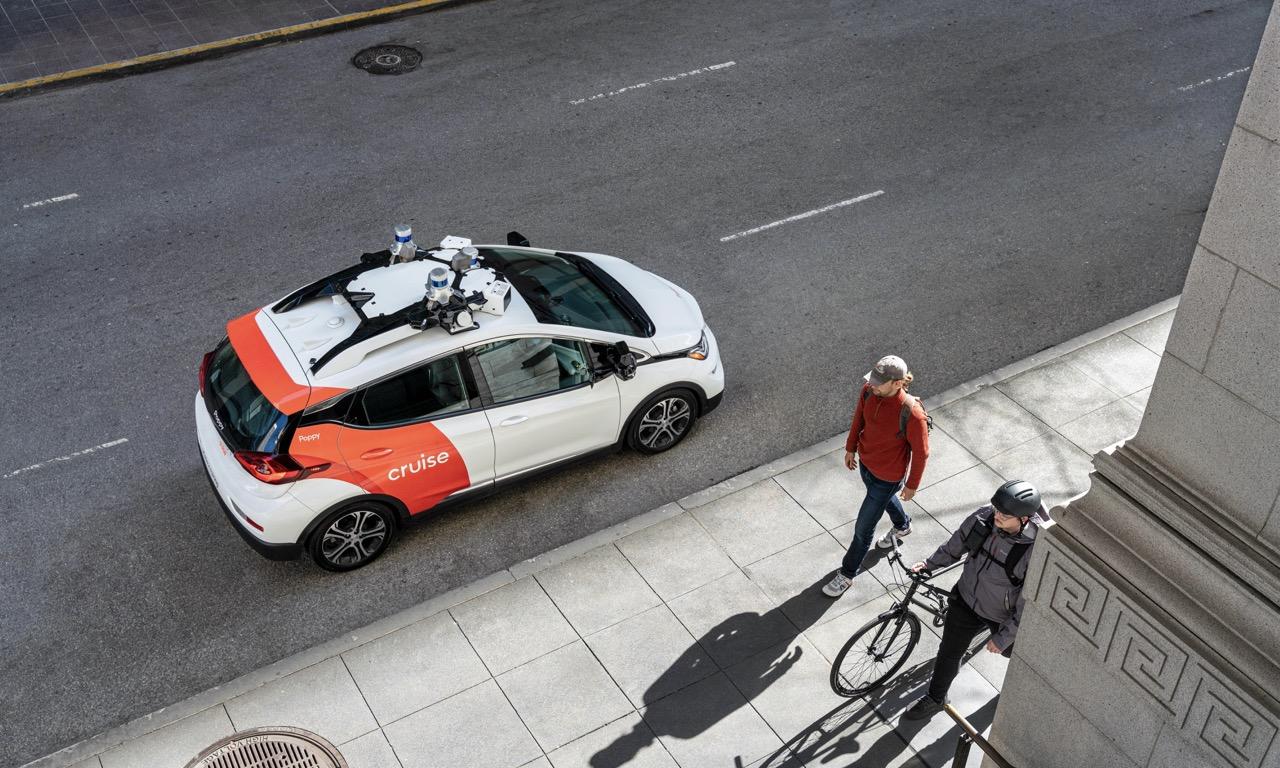Uber is set to offer GM's Cruise robotaxis on its platform starting next year, marking a pivotal expansion in the autonomous vehicle market.
Uber to Feature Cruise Robotaxis in 2025
As the General Motors-backed robotaxi startup Cruise tries to make a return, the firm said on Thursday that starting next year, its autonomous vehicles would be available on the ride-hailing platform Uber, Reuters reports.
According to them, Uber users will be able to select a trip utilizing a Cruise automated vehicle thanks to the multi-year partnership. In extended trade, General Motors shares recovered 1.3% and Uber shares dropped 1.5%.
Thanks to a collaboration with Waymo, a subsidiary of Alphabet, which operates 700 vehicles and is the sole U.S. firm running uncrewed robotaxis that collects fares, Uber has been providing autonomous cars in Phoenix on its platform since October of last year.
After being temporarily suspended due to a catastrophic accident in San Francisco last year, Cruise is now seeking a method to resume operations on U.S. highways. In an effort to assuage concerns voiced by state and federal officials regarding the safety of its vehicles, it began testing with safety drivers earlier this year.
Cruise Recalls 1,200 Robotaxis Due to Braking Issues
According to the US car safety regulation, Cruise has decided to recall approximately 1,200 robotaxis vehicles because of problems with hard braking. As a result, the investigation into the matter has been closed.
Elon Musk, CEO of Tesla, is expected to reveal the company's botaxi product in October, following a delay caused by falling demand for electric vehicles. This announcement coincides with Uber's relationship with Cruise.
Regulatory Scrutiny Delays AV Market Entry
Difficult technology, skyrocketing investments, stringent regulatory scrutiny, and federal investigations have all contributed to the longer-than-anticipated time and effort needed to bring autonomous vehicles (AV) to market.
Per US News, in 2020, in an effort to save costs and return attention to its main business—which includes ride-hailing and food delivery—Uber sold its self-driving section.
On a post-earnings conference call last month, Uber CEO Dara Khosrowshahi stated that the company is "uniquely positioned to offer tremendous value for AV players looking to deploy their technology at scale."
Assisted by collaborations with businesses like Waymo and startups like Waabi for freight services, the number of trips taken by self-driving vehicles on the Uber platform increased sixfold year over year in the June quarter.



 Lenovo Unveils AI Cloud Gigafactory With NVIDIA and Launches New AI Platform at CES 2026
Lenovo Unveils AI Cloud Gigafactory With NVIDIA and Launches New AI Platform at CES 2026  FCC Exempts Select Foreign-Made Drones From U.S. Import Ban Until 2026
FCC Exempts Select Foreign-Made Drones From U.S. Import Ban Until 2026  Boeing 737 MAX 10 Advances in FAA Testing as Certification Delays Continue
Boeing 737 MAX 10 Advances in FAA Testing as Certification Delays Continue  Baidu’s AI Chip Unit Kunlunxin Prepares for Hong Kong IPO to Raise Up to $2 Billion
Baidu’s AI Chip Unit Kunlunxin Prepares for Hong Kong IPO to Raise Up to $2 Billion  Nvidia Unveils Rubin Platform to Power Next Wave of AI Infrastructure
Nvidia Unveils Rubin Platform to Power Next Wave of AI Infrastructure  SK Hynix Shares Hit Record High as AI Memory Demand Fuels Semiconductor Rally
SK Hynix Shares Hit Record High as AI Memory Demand Fuels Semiconductor Rally  UBS Upgrades L’Oréal to Buy, Sees Strong Sales Momentum and 20% Upside
UBS Upgrades L’Oréal to Buy, Sees Strong Sales Momentum and 20% Upside  Aktis Oncology Prices Upsized IPO at $18, Raising $318 Million in Major Biotech Debut
Aktis Oncology Prices Upsized IPO at $18, Raising $318 Million in Major Biotech Debut  OpenAI Sets $50 Billion Stock Grant Pool, Boosting Employee Equity and Valuation Outlook
OpenAI Sets $50 Billion Stock Grant Pool, Boosting Employee Equity and Valuation Outlook  Samsung Forecasts Strong Q4 Profit on AI-Driven Memory Chip Boom
Samsung Forecasts Strong Q4 Profit on AI-Driven Memory Chip Boom  Chevron Seeks Expanded U.S. License to Boost Venezuelan Oil Exports Amid Sanctions Talks
Chevron Seeks Expanded U.S. License to Boost Venezuelan Oil Exports Amid Sanctions Talks  Trump Calls for 10% Credit Card Interest Rate Cap Starting 2026
Trump Calls for 10% Credit Card Interest Rate Cap Starting 2026  Trump Weighs Blocking Exxon Investment as Venezuela Deemed “Uninvestable”
Trump Weighs Blocking Exxon Investment as Venezuela Deemed “Uninvestable”  Mercedes-Benz to Launch Advanced Urban Self-Driving System in the U.S., Challenging Tesla FSD
Mercedes-Benz to Launch Advanced Urban Self-Driving System in the U.S., Challenging Tesla FSD  China Reviews Meta’s $2 Billion AI Deal With Manus Amid Technology Control Concerns
China Reviews Meta’s $2 Billion AI Deal With Manus Amid Technology Control Concerns  China’s AI Sector Pushes to Close U.S. Tech Gap Amid Chipmaking Challenges
China’s AI Sector Pushes to Close U.S. Tech Gap Amid Chipmaking Challenges  Supreme Court to Hear Cisco Appeal on Alien Tort Statute and Human Rights Liability
Supreme Court to Hear Cisco Appeal on Alien Tort Statute and Human Rights Liability 































